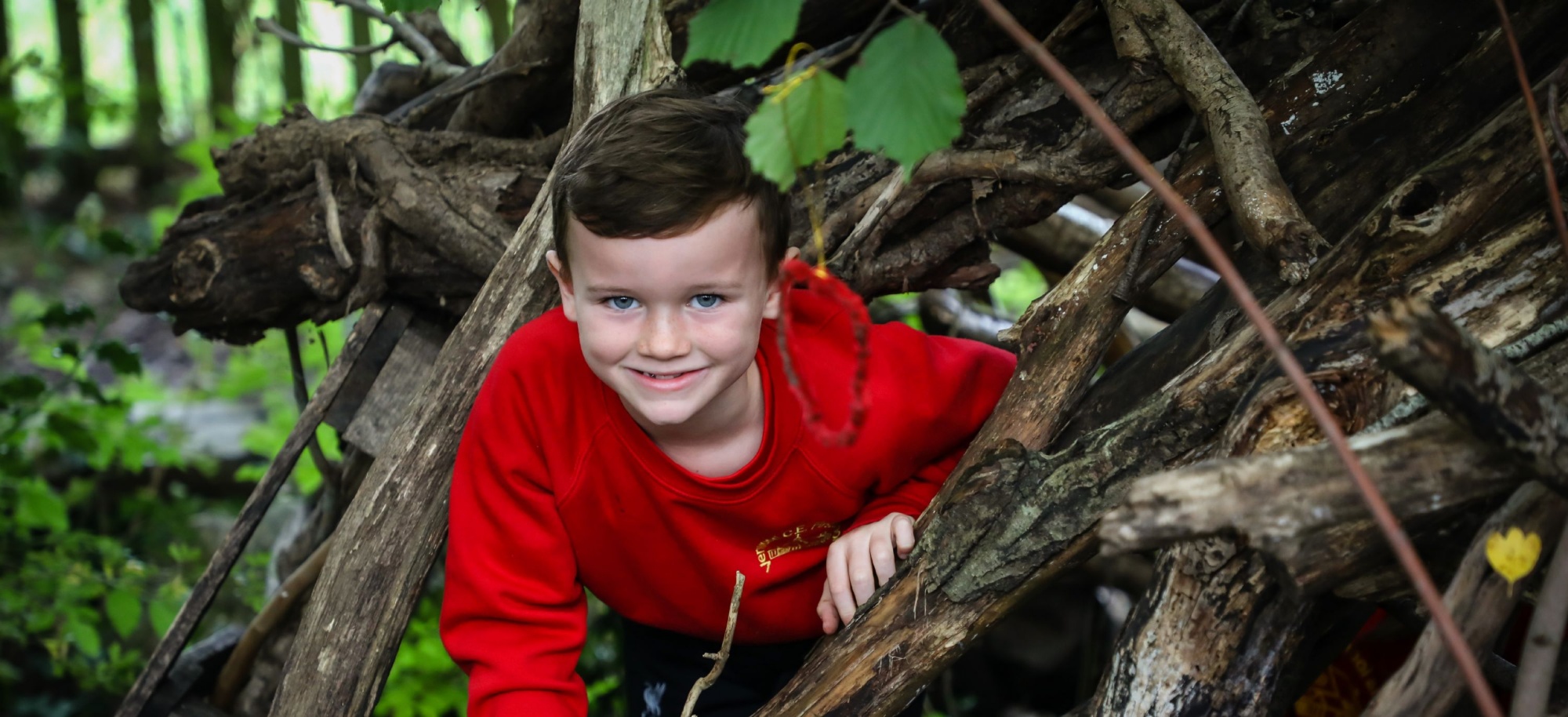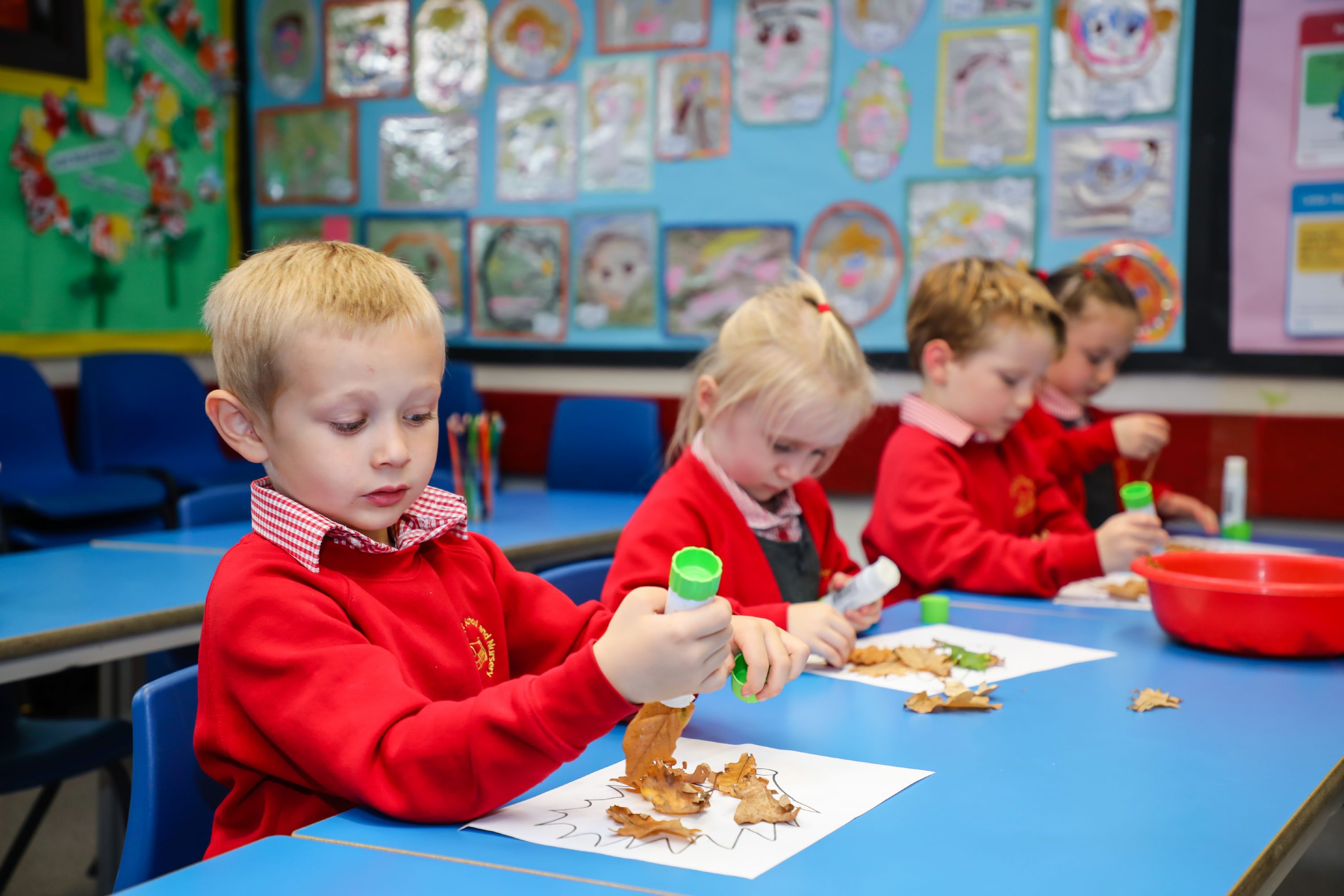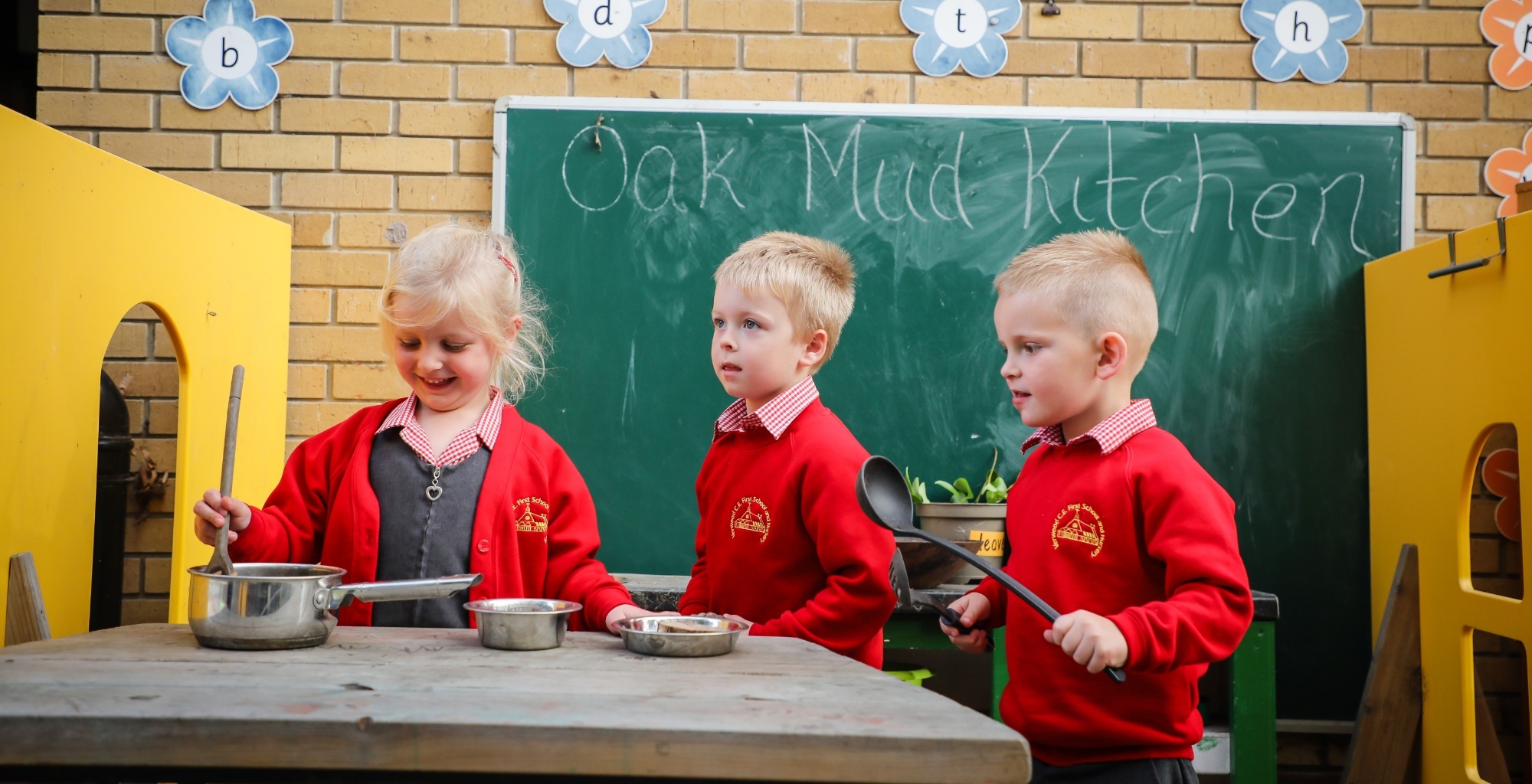Design and Technology
Design and Technology Curriculum Statement
Intent
At Verwood CE First School and Nursery we aim to encourage children to think creatively to solve problems as individuals and as part of a team. We encourage children to use their creativity and imagination to design and make products within a variety of contexts, considering their own and other’s requirements and values.
The study of design and technology encourages self-expression and equips children with the creative skills and techniques that enable children of all abilities to communicate and express their thoughts and feelings. We desire that our children use design and technology to communicate their ideas and to respond to the world around them. Our children are taught an understanding of how design and technology reflects and shapes our historical development and contributes to the culture, creativity and wealth of our nation.
Our design and technology curriculum asks children to reflect upon and evaluate past and present design technology, its uses and effectiveness and become innovators and risk-takers.
Implementation
Our design and technology topics are informed by the national curriculum and are sensitive to our children’s interests and informed by our current pedagogy. The design and technology curriculum at Verwood CE First School and Nursery is carefully structured and sequenced to ensure that current learning is linked to the children’s previous learning. We strive to give our learners the opportunity to develop a depth of learning which enables them to manipulate and transfer knowledge.
Teachers have identified the key knowledge and skills of each design and technology unit and these are mapped across the school to ensure that knowledge is developed progressively and that skills are taught and learnt systematically.
Children are encouraged to reflect on previous learning at the beginning of a lesson to ensure that teaching is informed by the children’s starting points and incorporates their interests and questions.
The activities given are designed to provide appropriate challenge to all learners, in line with the school’s commitment to inclusion. Activities are creative and practical and teach the knowledge, understanding and skills necessary to engage in a process of designing and making products that consider function and purpose and are relevant to a range of sectors.
Whole school focus days for ‘Science Week’ and ‘World Book Day’ provide enrichment opportunities for design and technology and provide cross curricular learning, such as designing and making vehicles for a ‘forces’ activity.
Children use sketch books to record their ideas and review, modify and develop their initial ideas in order to achieve their outcomes. Classroom and corridor displays reflect the children’s sense of pride in their designs and showcases various stages of learning – not just the finished creation. This demonstrates to our children that we value the stages of their learning and these steps are as valuable as the finished product.
Expressive art and design is one of the seven areas of The Early Years Foundation Stage (EYFS) and is used to develop children’s imaginations, creativity and ability to use media and materials. Our design and technology curriculum supports our learners to represent and understand their own feelings and ideas and provides opportunities to express their thoughts, ideas and feelings in design technology.
Our approach to teaching and learning supports our curriculum by ensuring that lessons build on prior learning and provide opportunities for guided and independent practice. The development of children’s knowledge and skills across all primary subjects is key when building on prior learning, this supports children for the next stage of their learning. Subject content is presented clearly, teachers carefully check learning and identify misconceptions, providing direct feedback.
Impact
Through the high quality, sequenced and progressive first teaching of design and technology we will see the impact of the subject in several ways.
Pupil voice shows the children are confident and able to talk about what they have learnt in design technology using subject specific vocabulary. Dialogues with our pupils indicates that they have enjoyment in design technology and can recall their learning over time and build upon it. Outcomes in children’s sketch books and classroom displays evidence a broad and balanced design technology curriculum and demonstrates the children’s acquisition of key knowledge. Learning is of good quality and demonstrates that pupils are acquiring knowledge, skills and vocabulary in an appropriate, progressive sequence. Assessment and monitoring will show standards and expectations in design technology are high and will match standards in other subject areas.







